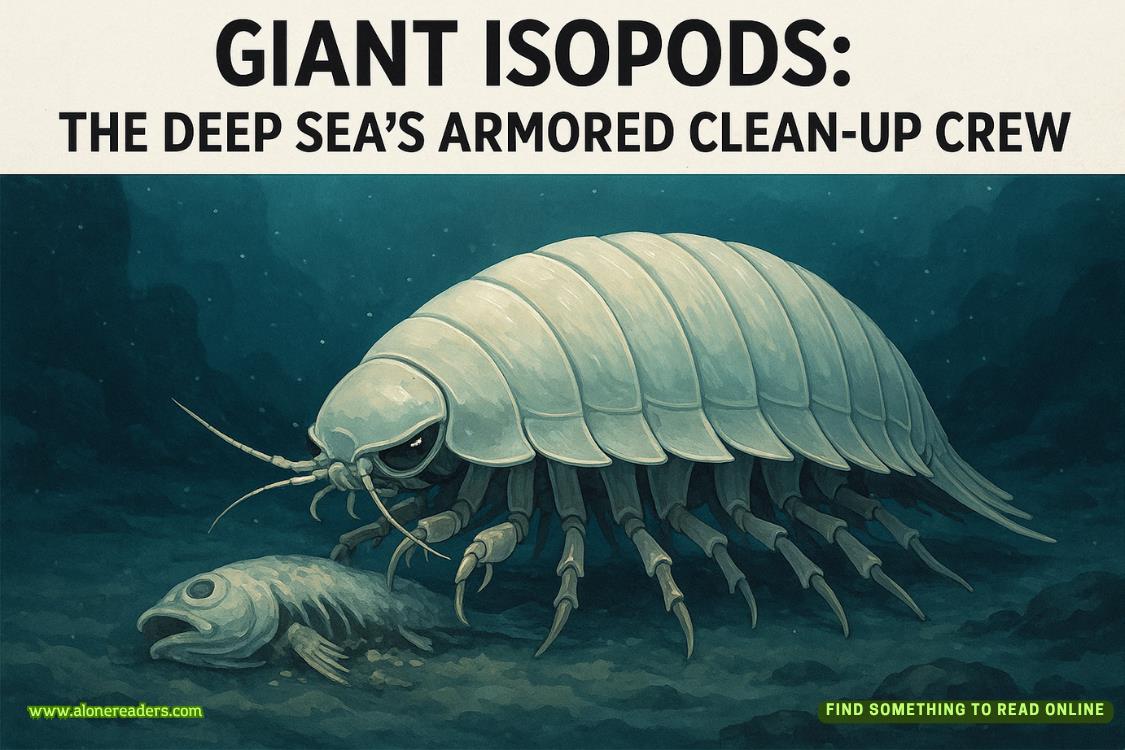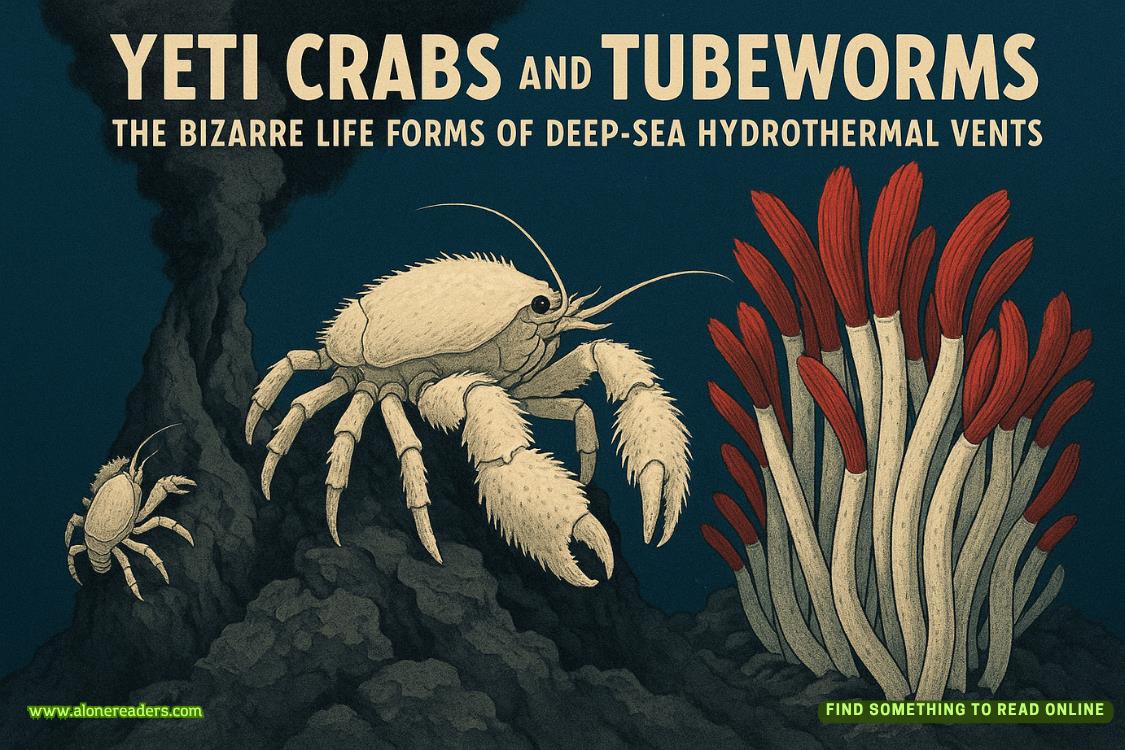Page 63 of I Will Always Find You
Québec City
ITwas a balmy late afternoon in August of 1952 in Québec City when the Romani witch beheld the Château Frontenac for the first time. It felt like stepping back into the past, to a grandness the man had not seen nor experienced in centuries. The building’s extraordinary architecture, characterized by steeply pitched roofs reaching the sky, enchanting circular towers that spiralled upward, and intricately detailed gables, exuded a profound sense of Gothic romanticism.
Experiencing the hotel’s grandeur was akin to strolling into a living fairytale, like the Beast’s castle in Jeanne-Marie Leprince de Beaumont’s version ofLa Belle et la Bête, morecommonly known asBeauty and the Beast. This majestic Canadian edifice, dramatically poised atop a cliff that gazed out over the shimmering expanse of the St. Lawrence River, left an indelible mark on the stranger to this land.
ThisNew World.
Though aware of North America’s existence for centuries, the Romani witch had never once visited, not by ship or, in this modern era, by airplane. There was never a reason to; Aeneas’ soul consistently reincarnated somewhere within the boundaries of theOld World.
The Romani witch always reincarnated in Italy, or Italia, as he still often called the country, specifically within Lazio, a central Italian region bordering the Tyrrhenian Sea. As Hecate explained to him millennia ago, his magic was too deeply connected to the soil of his original birthplace for his spirit to awaken in a new form elsewhere.
Witchcraft was an intrinsic part of him, woven into his blood and spirit, unfettered by land borders or mystical ley lines. Still, he always carried a small pouch of Laziale earth on his person wherever he travelled for sentimental reasons: to honour his people, especially the ancestors who guided him throughout the ages.
The only other item he cherished as much was Aeneas’ dagger.
The Laziale earth could also act as a talisman, afocifor his spellwork, amplifying its potency should the need arise. However, he learned long ago that this effort would ultimately cause the soil to burn away to nothing. That, obviously, was not agreeable with him.
None of Aeneas’ new identities had ever travelled across the Atlantic Ocean—until now, in the twentieth century.
Alfred Hitchcock, the renowned director of films such asThe 39 Steps,Rebecca, and the Romani witch’s favourite,Shadow of a Doubt—also reportedly Hitchcock’s personal favourite—was shooting his next picture,I Confess,predominantly in Québec City, Canada.
Marshall Collingsworth, the identity of the man who currently hosted Aeneas’ soul, was working on that very film.
One hundred and twenty-five years had passed between the Romani witch’s death in Madrid and his rebirth. This amount of time between reincarnations was unprecedented.
As a living being of flesh and blood once more, the Romani witch retained no memories of his time beyond the veil—no glimpse of the Elysian Fields, Heaven, the Hereafter, or whatever realm might lie beyond death for him and Aeneas. There was no tangible evidence to confirm any of these possibilities. And yet, deep within his heart and soul, he knew the truth. He had not returned from the spirit world sooner for one reason alone: he had chosen not to.
No one was punishing him. Not Hecate. Not The Fates. The Romani witch sensed this truth instinctively. He had already paid the price for his hubris and arrogance, for daring to wield the Dark Arts in defiance of the path laid out for him, for spitting in the face of providence.
He remembered promising himself never to use it again after witnessing its devastating consequences for Aeneas, who had been, at the time, Alejandro, the Black Monk, a dark wizard. Yet when confronted once more by the monstrous blood-drinker, he readily gave in to that darkness, breaking his vow and allowing his emotions, particularly his hatred, to lead him astray.
The Romani witch felt, deep in his core, that he simply had not been ready to return. Or perhaps he had not believed he deserved another chance at a life with Aeneas, not for a very long time. There had been so much shame and regret at the end of his last life, so much pain. Maybe he had not been sure he could face Aeneas, even if his beloved remembered nothing of that wretched lifetime.
Ultimately, it did not matter. He was here now, and that could only mean his spirit had finally healed. The Romani witch had forgiven himself for his mistakes and was ready to try again. Andif Aeneas had come back during his long absence and lived a life without him, he chose not to dwell on it.
In this life, the Romani witch had finally found Aeneas—Marshall—only moments before the man boarded a plane to Canada. He had just a few heartbeats to take in the sight of the tall, handsome Brit with the husky build, red hair, and a closely trimmed red beard, after which he disappeared down the boarding corridor and out of view.
Unknown to the Romani witch, the difficulty in locating Aeneas’ soul in this lifetime, an effort that had taken nearly five years, was caused by Marshall’s work in the film industry. His career required him to travel constantly across continents for various projects. The Romani witch was always one step behind, arriving in a place a week, a day, even an hour too late to catch his beloved. All he ever found were traces—faint impressions of spiritual energy, fading fast.
He was grateful that both of them had survived the violence and chaos of World War II.
It was while wandering Paris for the third time that the Romani witch had finally sensed the faint lingering presence of Aeneas’ spirit once more. Following the trail, which involved a combination of train and ferry, the energy led him at last to London. This time, his pursuit had been swift and sure enough to finally catch up.
For all the good it did.
A fleeting moment. A brief spark of happiness.
Though initially surprised to find that Aeneas’ host body appeared to be in his early to mid-thirties while he was still in his early twenties, the Romani witch quickly accepted that the Wheel of Destiny had once again interfered. This seemed yet another attempt to keep them apart, forcing Aeneas’ soul back into the material world ten or more years before his own rebirth, which the Wheel held no sway over.
Their new lives typically began within a year or two of each other, never with a gap as wide as a decade. The Romani witch could not help but wonder if it was the Wheel’s wicked intention to drive Aeneas into the arms of another by offering him more time apart from his true love. Had that already happened, perhaps in some life lived during his century-long absence?
Across all their shared lifetimes, the Romani witch had never faced a rival for Aeneas’ affection—except once, when there was a flicker of unease over the Horned God’s one-sided lust for Aodhán. Even then, he always believed their love was true, destined, and meant for each other alone.
However, the Romani witch harboured a quiet fear: what if he loved Aeneas more than Aeneas loved him? In a new body, a new life, and with new experiences, would there come a time among all these endless rebirths when he would not be enough for Aeneas, not more desirable or preferable than another?
That specific fear of rejection, and not the kind predicated on a dark influence like the Black School, was generally buried so deep within the Romani witch’s consciousness that it never surfaced to cause him any actual worry—until it finally reared its ugly head this lifetime.
However, they had nottrulyreunited at the airport, not in the profound way the Romani witch yearned for. Could a fleeting moment of locked gazes across a crowded terminal floor ever encapsulate the essence of reunion? It was a mere whisper of connection, a brush of familiarity that flared briefly before dissolving into the bustle of passengers boarding a plane bound for another continent, with an ocean soon separating them.















